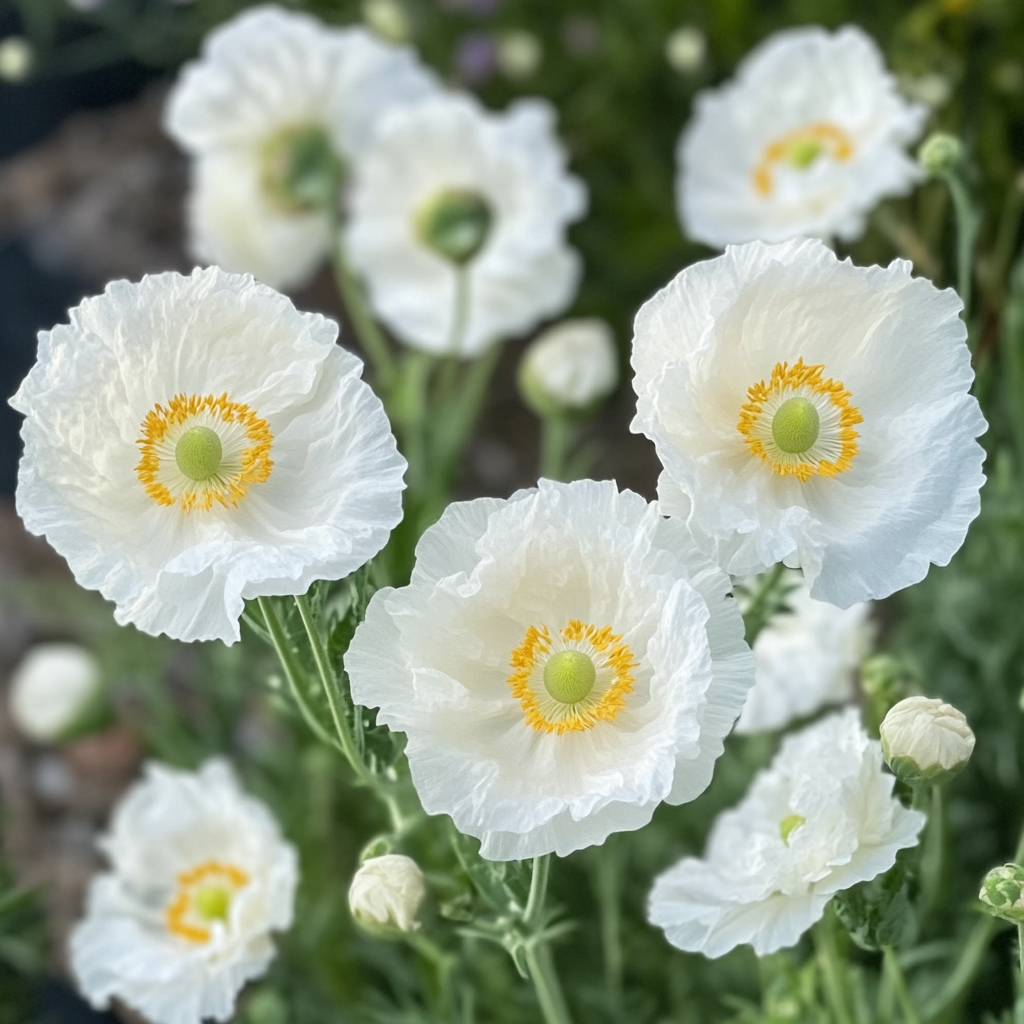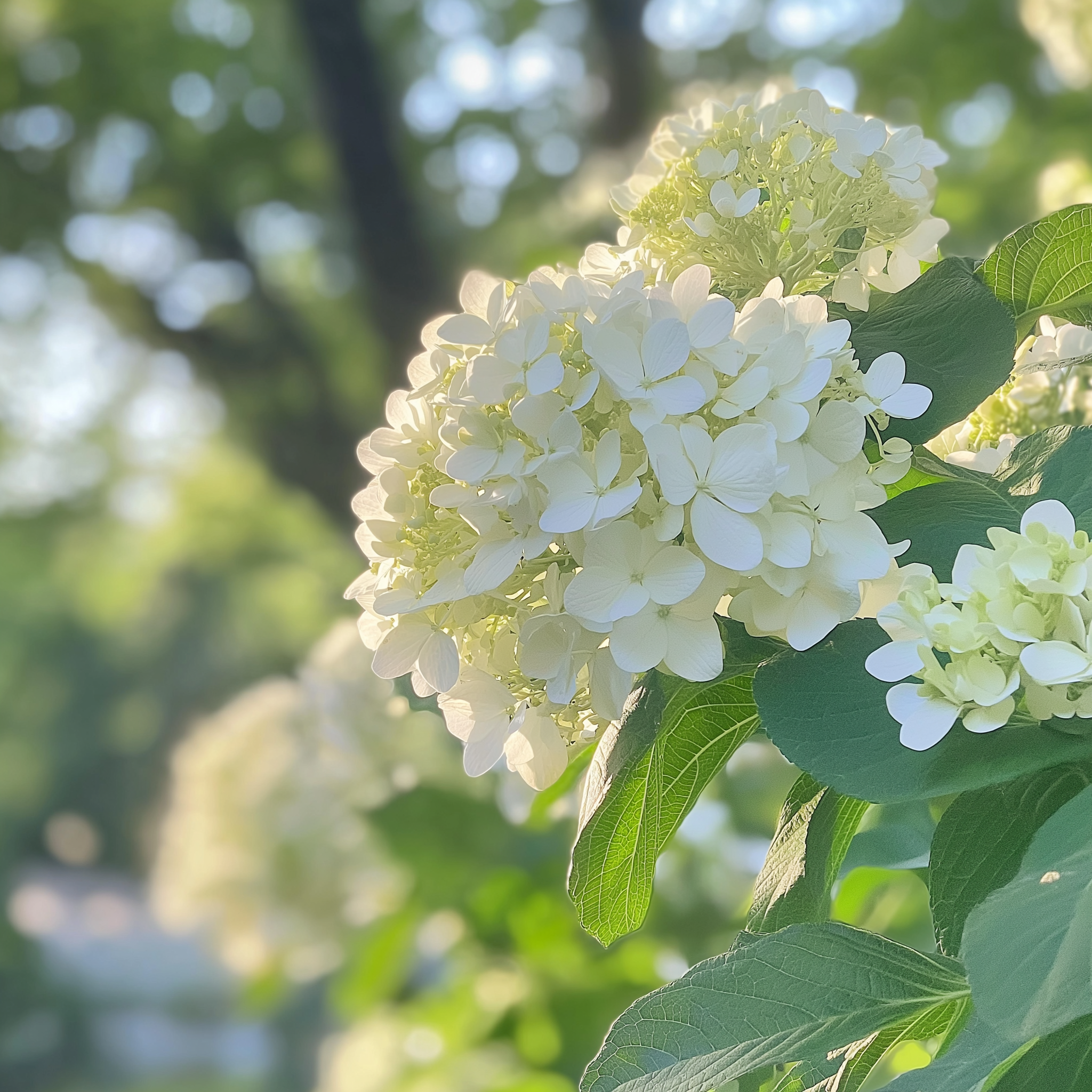Aloe Vera: La Pianta Medicinale Essenziale per Ogni Giardino Biologico
Informazioni sull'Aloe Vera
Aloe Vera è una pianta succulenta popolare nota per le sue uniche proprietà medicinali e la sua resilienza. La pianta, spesso chiamata "pianta dell'immortalità" dalle culture antiche, è stata usata per oltre 6.000 anni grazie ai suoi incredibili poteri curativi. Originaria della Penisola Arabica, l'Aloe Vera prospera in ambienti secchi e aridi, rendendola una pianta ideale per xeriscaping e giardinaggio a basso consumo d'acqua. Le sue foglie spesse e carnose contengono un gel ricco di antiossidanti, vitamine e minerali, benefici sia per uso topico che interno.

Perché coltivare l'Aloe Vera a casa
Coltivare Aloe Vera a casa ti offre un facile accesso alle sue proprietà curative naturali. L'Aloe Vera è incredibilmente versatile e offre diversi vantaggi:
-
Proprietà curative: il gel di Aloe Vera è ampiamente riconosciuto per la sua capacità di trattare ustioni, tagli, eruzioni cutanee e anche punture di insetti. È anche un idratante naturale e può essere usato per ridurre i segni dell'invecchiamento.
-
Purificatore d'aria: l'Aloe Vera agisce come purificatore d'aria rimuovendo formaldeide e benzene dall'aria, migliorando la qualità del tuo ambiente interno.
-
Bassa manutenzione: l'Aloe Vera richiede cure minime, rendendola ideale per principianti o giardinieri con poco tempo.
-
Usi versatili: dalla cura della pelle alla digestione, l'Aloe Vera ha una serie di usi, inclusi nelle bevande e come rimedio naturale per vari disturbi.
Quando piantare l'Aloe Vera
Per i migliori risultati, pianta semi di Aloe Vera o germogli in inizio primavera quando il rischio di gelate è passato. L'Aloe Vera prospera a temperature comprese tra 20°C e 30°C (68°F e 86°F). Evita di piantare in condizioni di freddo, poiché le piante giovani sono molto sensibili al gelo. Se stai piantando all'aperto in climi più freschi, considera di iniziare in vaso al chiuso e trapiantarle una volta che il tempo si riscalda.
Dove piantare l'Aloe Vera
L'Aloe Vera prospera in una posizione soleggiata, poiché richiede molta luce intensa per crescere sana e forte. Scegli un punto nel tuo giardino o sul davanzale dove la pianta riceverà almeno 6–8 ore di luce solare al giorno. L'Aloe Vera cresce bene in terreni ben drenanti, come quelli sabbiosi o limosi. Se la pianti in contenitori, opta per un vaso in terracotta o ceramica con fori di drenaggio per evitare che l'acqua ristagni sul fondo, il che potrebbe causare marciume radicale.
Come piantare l'Aloe Vera
-
Scegli il terreno giusto: L'Aloe Vera preferisce un mix per cactus ben drenante o una miscela di terreno sabbioso con un po' di compost per i nutrienti.
-
Prepara il vaso: Usa un contenitore con fori di drenaggio per evitare ristagni d'acqua.
-
Pianta i semi: Se usi i semi, premili delicatamente nel terreno e coprili con uno strato leggero di terra. L'Aloe Vera può anche essere coltivata da pups (piantine), che puoi facilmente separare dalla pianta madre.
-
Annaffia leggermente: L'Aloe Vera non ha bisogno di molta acqua. Dopo la piantagione, annaffiala leggermente e lascia che il terreno si asciughi completamente prima di annaffiare di nuovo.
-
Posizionamento in luce indiretta: Per le prime settimane, posiziona la pianta in un'area con luce solare indiretta per evitare scottature. Una volta che radica, spostala in un luogo più luminoso.
Consiglio: L'Aloe Vera cresce lentamente ma costantemente. Sii paziente ed evita di annaffiare troppo.
Come prendersi cura dell'Aloe Vera
Aloe Vera è una pianta a bassa manutenzione, ma richiede comunque alcune cure di base:
-
Annaffiatura: Annaffia la pianta una volta ogni 2–3 settimane, a seconda del clima. L'Aloe Vera è una pianta succulenta, il che significa che immagazzina acqua nelle sue foglie. È meglio annaffiare poco piuttosto che troppo, poiché la pianta è più suscettibile al marciume radicale dovuto all'eccesso di umidità.
-
Luce solare: L'Aloe Vera ha bisogno di molta luce solare. Tenerla in un luogo soleggiato dove possa ricevere almeno 6 ore di luce solare intensa al giorno.
-
Concimazione: L'Aloe Vera non necessita di molto concime. Applicare uno strato leggero di compost organico una volta in primavera e una volta in estate. Evitare i concimi chimici poiché possono danneggiare la pianta.
-
Rinvaso: L'Aloe Vera cresce lentamente ma dovrebbe essere rinvasata ogni 2–3 anni. Scegliere un vaso di una misura più grande rispetto a quello attuale per permettere uno sviluppo sano delle radici.
Piante compagne per l'Aloe Vera
Aloe Vera cresce bene se piantata accanto ad altre piante tolleranti alla siccità. Questi compagni aiutano a creare un giardino stupendo con un uso minimo di acqua. Ottime piante compagne includono:
-
Lavanda: Profumata e resistente, la lavanda cresce bene in condizioni simili all'Aloe Vera e può aiutare a respingere i parassiti.
-
Agave: Parente dell'Aloe Vera, l'Agave ha esigenze di crescita simili e crea un giardino a tema deserto molto suggestivo.
-
Rosmarino: Un'altra erba mediterranea, il rosmarino è perfetto da abbinare all'Aloe Vera in un giardino xeriscape.
-
Echeveria: Questa pianta succulenta si integra magnificamente con l'Aloe Vera e prospera in condizioni luminose e asciutte.
Queste piante, insieme all'Aloe Vera, aiutano a ridurre il consumo di acqua e a creare un giardino visivamente attraente.
Raccolta dell'Aloe Vera
Quando si raccolgono Aloe Vera, attendere che la pianta abbia almeno 8–10 mesi di età. Le foglie più vecchie sono più spesse e contengono più gel.
-
Seleziona foglie mature: scegli le foglie più grandi e più esterne alla base della pianta. Queste foglie conterranno la maggior quantità di gel.
-
Taglia le foglie: usa un coltello affilato e sterilizzato per tagliare le foglie il più vicino possibile alla base.
-
Scola il lattice: le foglie di Aloe Vera contengono un lattice giallo, che può irritare la pelle. Lascia scolare il lattice prima di usare il gel.
-
Estrai il gel: taglia la foglia e preleva il gel chiaro e viscoso all'interno. Usalo immediatamente o conservalo in un contenitore ermetico in frigorifero per fino a una settimana.

Usi dell'Aloe Vera
-
Cura della pelle: il gel di Aloe Vera è un rimedio noto per scottature, acne e pelle secca. È anche usato in vari prodotti di bellezza.
-
Cura dei capelli: l'Aloe Vera è usata in shampoo e balsami per promuovere capelli e cuoio capelluto sani. Può anche ridurre la forfora e favorire la crescita dei capelli.
-
Salute digestiva: il succo di Aloe Vera è ritenuto utile per la digestione e per lenire il disagio gastrointestinale. Consultare sempre un professionista sanitario prima di consumare il succo di Aloe Vera.
-
Purificazione dell'aria: l'Aloe Vera aiuta a filtrare l'aria interna rimuovendo tossine comuni come formaldeide e benzene.
Considerazioni Finali
L'Aloe Vera è una pianta indispensabile per ogni giardino biologico. Non solo offre benefici pratici, dalla guarigione delle ustioni al miglioramento della qualità dell'aria interna, ma è anche un'aggiunta bella e a bassa manutenzione per il tuo giardino. Che tu sia un giardiniere esperto o un principiante, l'Aloe Vera è facile da coltivare e curare.
Per semi di Aloe Vera di alta qualità e altre piante officinali e aromatiche biologiche, visita OrganicIndiaSeeds.com. Scopri un'ampia varietà di semi per arricchire il tuo giardino e godere dei benefici del giardinaggio naturale e biologico.




Commenta
Questo sito è protetto da hCaptcha e applica le Norme sulla privacy e i Termini di servizio di hCaptcha.